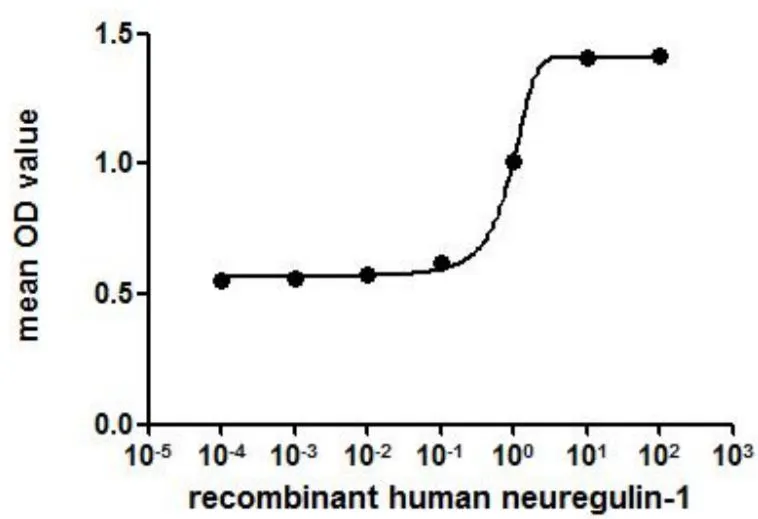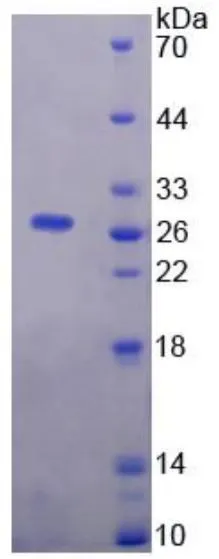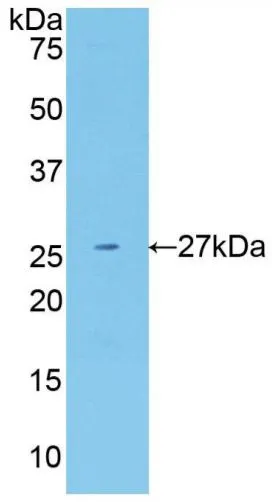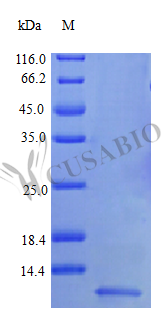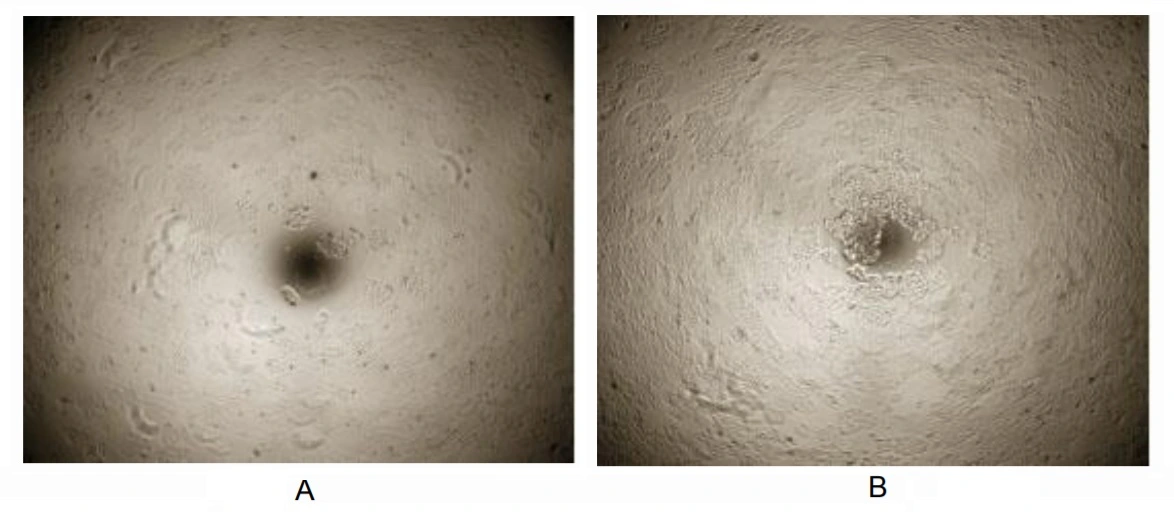
Cell proliferation effect of GTX00417-pro Human Neuregulin-1 protein (active). (A) Unstimulated MCF-7 cells cultured in DMEM for 72hrs. (B) MCF-7 cells cultured in DMEM, stimulated with 10 ng/ml NRG1 for 72hrs.
Human Neuregulin-1 protein, His tag (active)
GTX00417-PRO
ApplicationsFunctional Assay
Product group Proteins / Signaling Molecules
Protein IDQ02297
Overview
- SupplierGeneTex
- Product NameHuman Neuregulin-1 protein, His tag (active)
- Delivery Days Customer9
- Application Supplier NoteNRG1 (neuregulin-1) is a membrane glycoprotein that belongs to the neuregulin family and act on the EGFR family of receptors. It mediates cell-cell signaling and plays a critical role in the growth and development of multiple organ systems. It is reported that by binding to HER3 receptor, NRG1 mediates downstream signaling pathways, leading to multiple effects including growth, proliferation, decreased apoptosis, cellular migration and angiogenesis. Thus, proliferation assay of NRG1 was conducted using MCF-7 cells. Briefly, MCF-7 cells were seeded into triplicate wells of 96-well plates at a density of 2000 cells/well and allowed to attach overnight, then the medium was replaced with serum-free standard DMEM prior to the addition of various concentrations of NRG1. After incubated for 72h, cells were observed by inverted microscope and cell proliferation was measured by Cell Counting Kit-8 (CCK-8). 10 microl of CCK-8 solution was added to each well of the plate, the absorbance at 450nm was measured using a microplate reader after incubating the plate for 1-4 hours at 37C. The dose-effect curve of NRG1 showed it significantly promoted cell proliferation of MCF-7 cells, and the ED50 for this effect is typically 5.240 to 9.112 ng/ml.
- ApplicationsFunctional Assay
- CertificationResearch Use Only
- ConjugateUnconjugated
- Protein IDQ02297
- Protein NamePro-neuregulin-1, membrane-bound isoform
- Scientific DescriptionThe protein encoded by this gene is a membrane glycoprotein that mediates cell-cell signaling and plays a critical role in the growth and development of multiple organ systems. An extraordinary variety of different isoforms are produced from this gene through alternative promoter usage and splicing. These isoforms are expressed in a tissue-specific manner and differ significantly in their structure, and are classified as types I, II, III, IV, V and VI. Dysregulation of this gene has been linked to diseases such as cancer, schizophrenia, and bipolar disorder (BPD). [provided by RefSeq, Apr 2016]
- Storage Instruction-20°C or -80°C,2°C to 8°C
- UNSPSC12352202

